Radio Racing Against the Best
Published on May 24th, 2017
The International One Metre (IOM) is the most popular radio control racing yacht in the world with activity in over 30 countries. American Mark Golison, who recently met up with the world’s best, shares this report.
Every two years, the IOM class comes together with 76 qualified entrants from 22 countries for its World Championship. This is a long grueling regatta with 6 day full days of racing over 7 days (There is a midweek lay day).
When I attended my first IOM World Championship in 2015, I was hoping to end up in the top half of the fleet, and surprised everyone, including myself, with a much better performance (13th). With another two years under my belt sailing these radio control machines, my aspirations were a little higher. Unfortunately, it doesn’t always work out the way you hope.
Radio sailing at this level is extremely challenging. I have always liked sailing against the best sailors in the world and this class provides that challenge. The difference between success and failure is fractions of a second. Big boat racing now seems as though it is done in slow motion compared to the speed at which things happen with the IOM’s in a breeze.
The 2017 Worlds, held May 14-20 in Pierrelatte, France, used a fixed control area format, which means you are not allowed to walk up and down the lake to get a good view of your boat. Instead competitors jockey for position in a small “bullpen” area trying to view their boat.
Since the boats would sail so far away from this position, depth perception was difficult to determine, resulting in many collisions each race. With a huge penalty for hitting or turning short of a mark, most competitors erred on the conservative side by rounding marks extremely wide.
Imagine trying to judge a starboard / port crossing, while approaching a weather mark in the far distance, all while trying to see around a 6’6” competitor at the same time. This was definitely a big issue for all of the competitors.
To start the regatta, there is a single seeding race (5 heats). This single race splits the fleet into 5 heats A thru E. Having a solid seeding race is critical to getting a good start to the regatta.
If you have a bad seeding race, you must begin the regatta down in the D or E heats. This puts a lot of pressure on you because just having an okay race in one of these lower heats (finishing 7th out of 20 in the “D” heat) means you get a race score in the 50’s!
On the other hand, if you have a good seeding race and start in the A heat (which I did in 2015), you have a good chance for a top ten finish, and at worst, if you end up last, you will only get a 20th place score (although you go down to the B heat to start the next race).
In order to move up heats you must finish in the top 6 places of a heat. Then you immediately race in the next higher heat’s race….and so on. Finishing in the bottom 6 places drops you down a heat for the next race. It can be a bit confusing until you get the hang of this system.
I contend it is harder to promote out of a B, C or D heat than it is to stay in the A heat. To have a good chance to stay in the A heat, it helps to be conservative and stay out of trouble (collisions and fouls). On the other hand, to promote out of a lower heat, you have to gamble a bit more to go for a top 6 finish in the heat (the top several boats basically all stay in the A heat almost the entire championship).
Unfortunately for me, I had a bad seeding race and started in the D heat. With bad starts, missed shifts, fouls, and collisions while being fouled, it took me eight long races to get to the A heat for a race. And then, after finally getting to A heat, I had my sail winch die just before the start and had to retire from the race!
In the end, after 24 races (and after ranking in the 50’s the first couple of days), I clawed my way back to 33rd place and in the top half of this amazingly competitive fleet.
The organizers did a fantastic job with the logistics of the regatta. Social events, race officials, international judges, food and technology were first rate. For the first time, there was a professional company live web casting all the races which were watched by family and friends around the world.
For me, the best thing about racing these IOM’s is the fantastic competition, seeing great friends that I have made from all around the world, and traveling to amazing places. Next year I hope to give it another try at the European Championship in Croatia.



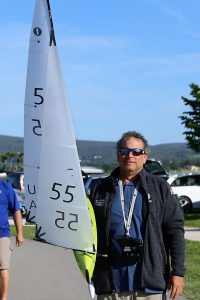

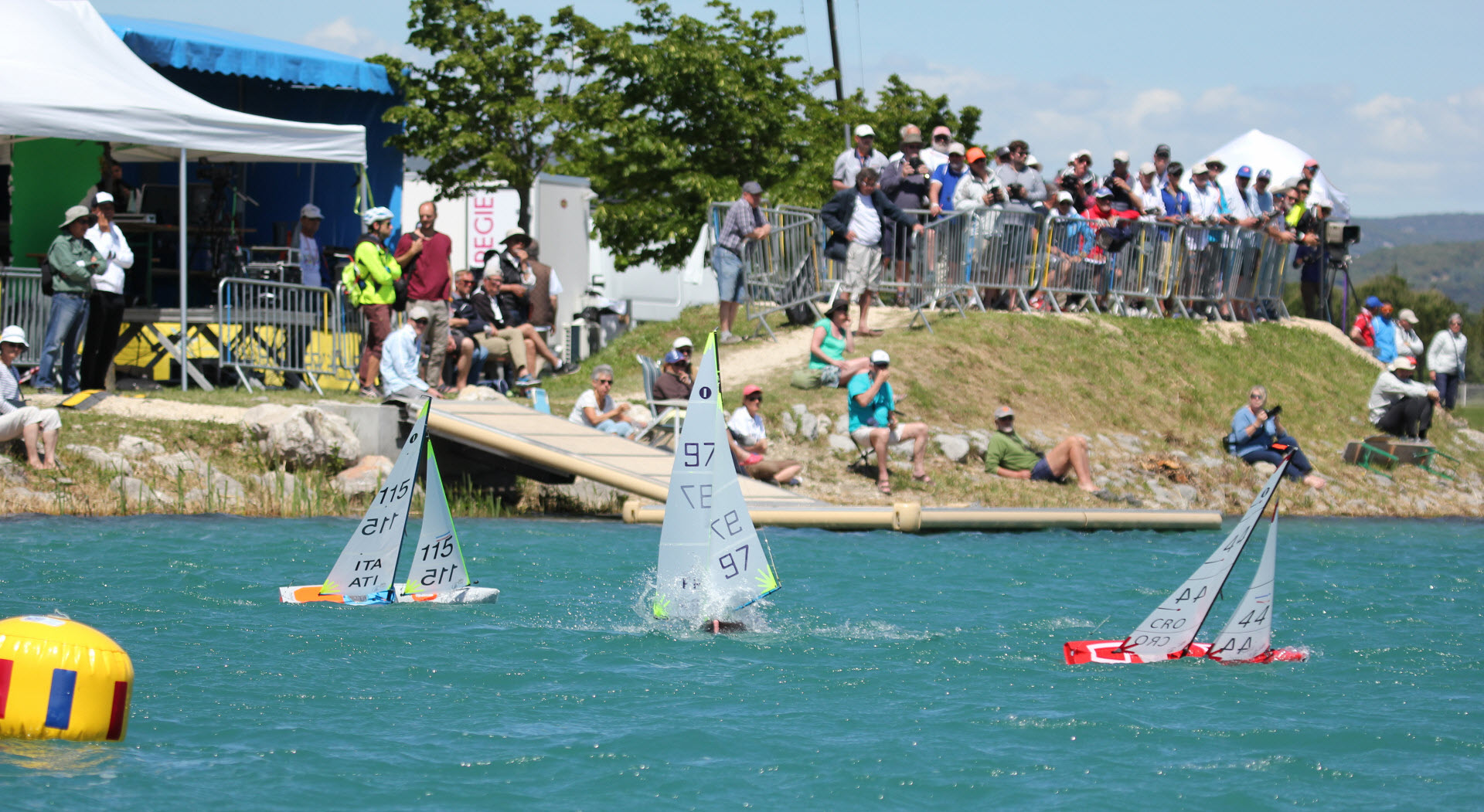

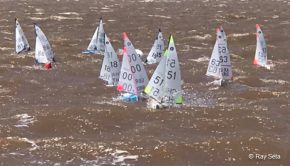
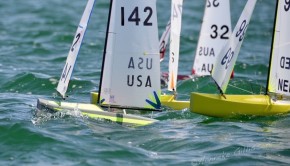
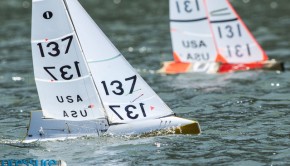
 We’ll keep your information safe.
We’ll keep your information safe.